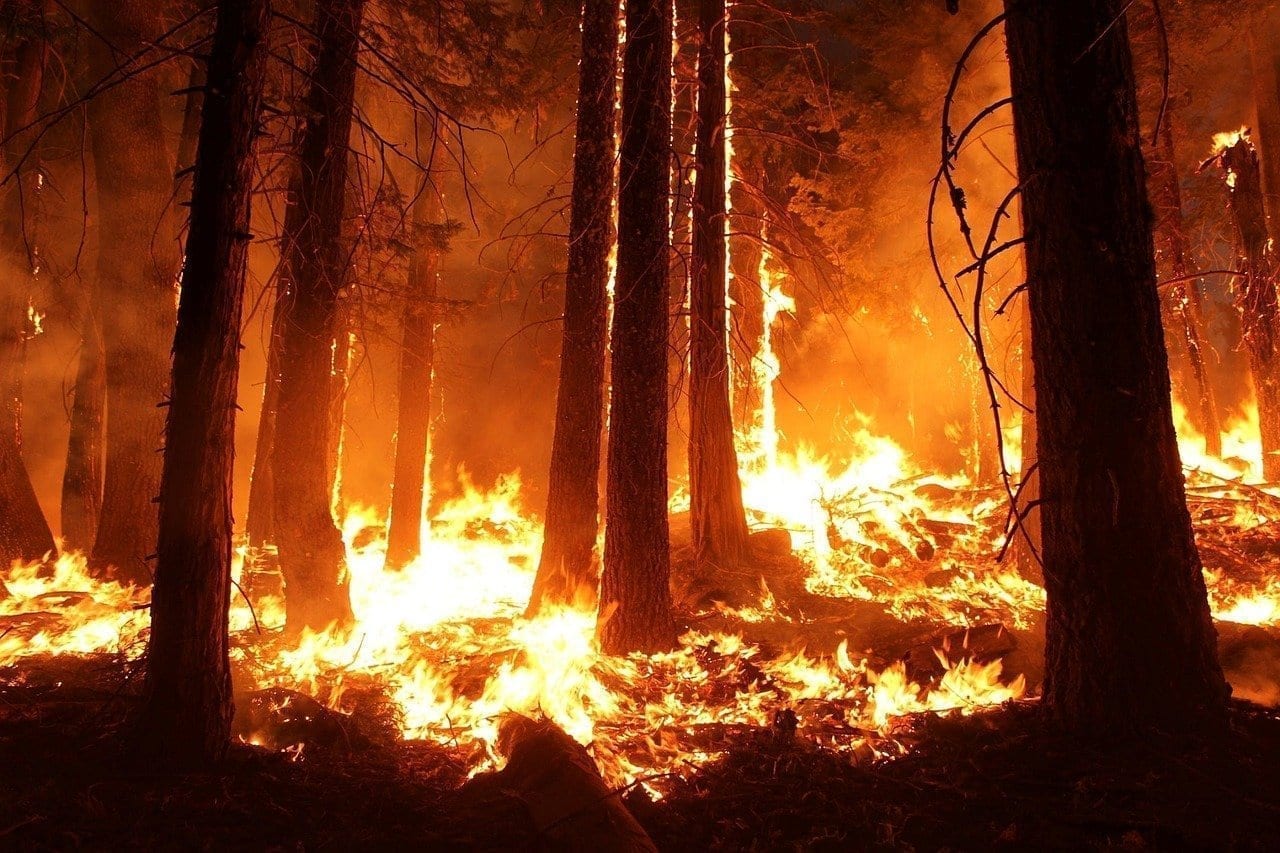
Incarcerated Firefighters
As the world contends with the coronavirus, and the United States reckons with systemic racism, the West Coast is being ravaged by wildfires. Climate change which has led to “[h]otter temperatures, less dependable precipitation and snowpack that melts sooner, leads to drier soil and parched vegetation” and therefore more fires. In California, from January 1 – September 15 there have been 6,352 fires that have burned 1,410,113 acres of land, and Oregon has seen 851 forest fires this year.
Fighting this many fires requires substantial resources. In California, there are 8,000 permanent and seasonal fire fighters. But, this isn’t enough to tackle the longer fire season and growing number of fires. The state relies on prisoners to make up the difference. The Department of Corrections in conjunction with the California Department of Forestry and Fire Protection run Conservation (Fire) Camps that train and deploy approximately 2,200 prisoners to fight fires.
Incarcerated workers are paid abysmal wages, not covered by occupational, safety, and health standards, and not legally entitled to form or join a trade union. In short, they are a compliant and easily exploited workforce.
Fighting fires is a dangerous job, and incarcerated firefighters take on the most treacherous tasks. According to a study by TIME, incarcerated firefighters were four times more likely than their professional counterparts to receive object-induced injuries and eight times more likely to be injured after inhaling smoke.
Prisoners who volunteer to take part in firefighting are paid poorly, but receive slightly more than if they worked inside the prison. In California, they earn $2-5 per day plus $1 per hour when they are actively fighting a fire, compared to $0.08-0.37 per hour for prison maintenance jobs. They also are enticed to volunteer because they become eligible to receive two days off their sentence for every day served, they receive better food, and the camps are a nicer environment for family visits.
While California gets the most attention because its program is the largest, other states such as Oregon and Colorado also use incarcerated workers to fight fires. These states are happy to train and deploy certain low-level prisoners to fight fires while they are serving, but once they are released it is very difficult for them to work professionally as firefighters. Their convictions, prevent them from obtaining required certifications. In early September, Governor Newsom signed a bill into law that would allow certain formerly incarcerated individuals who successfully participated in the Conservation (Fire) Camp program to have their records expunged.
This is a positive step to better ensure that skills prisoners gain can be used upon release. But, this does not address the fact that roughly 3 million hours are contributed by prison firefighters reportedly saving “the state of California $90m to $100m a year.” Having a financial incentive to keep people in prison is wrong. Anyone who is working, whether in prison or not, should be covered by labor laws and paid a fair wage.
Amy McGann is the program director at Human Trafficking Search
